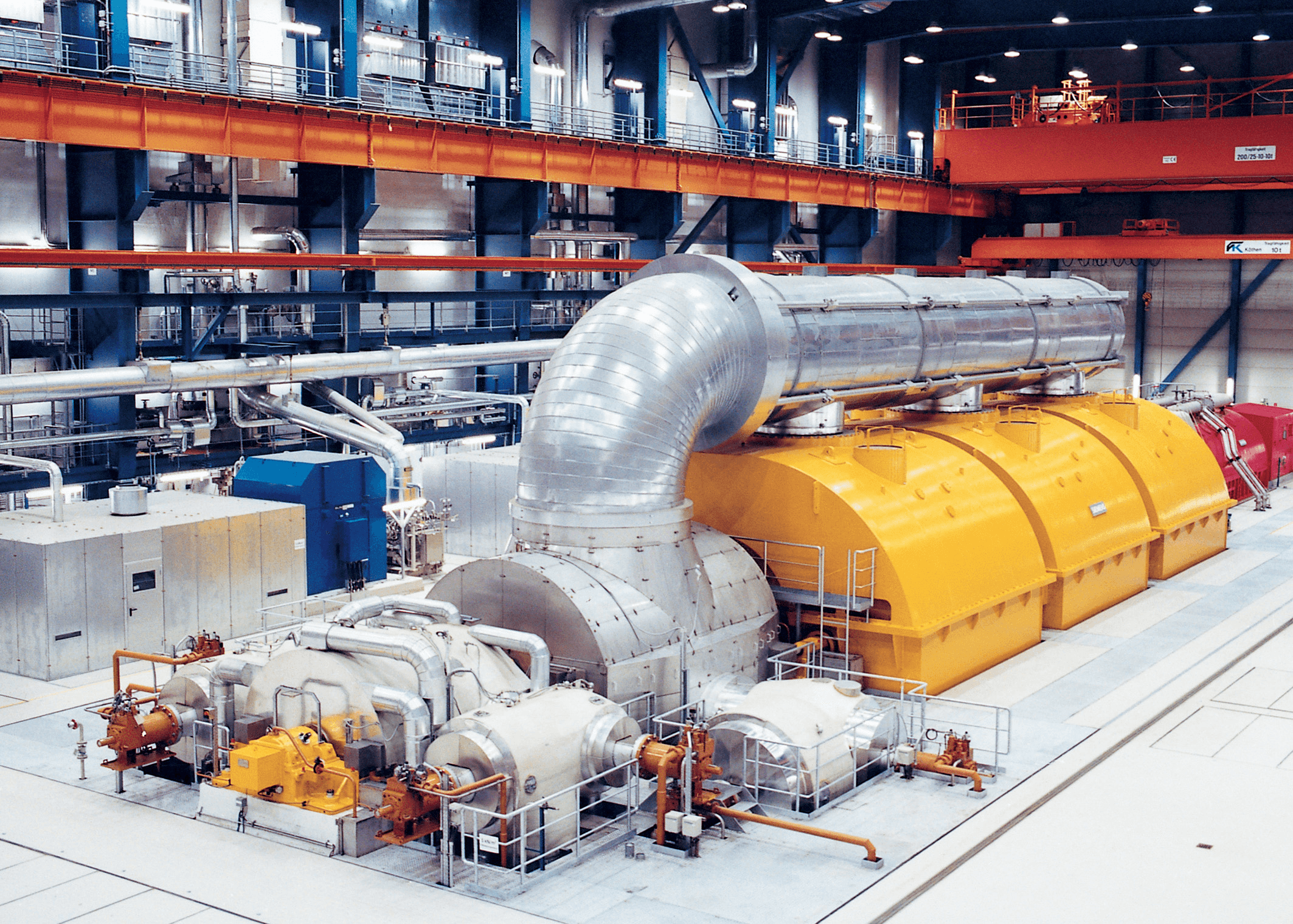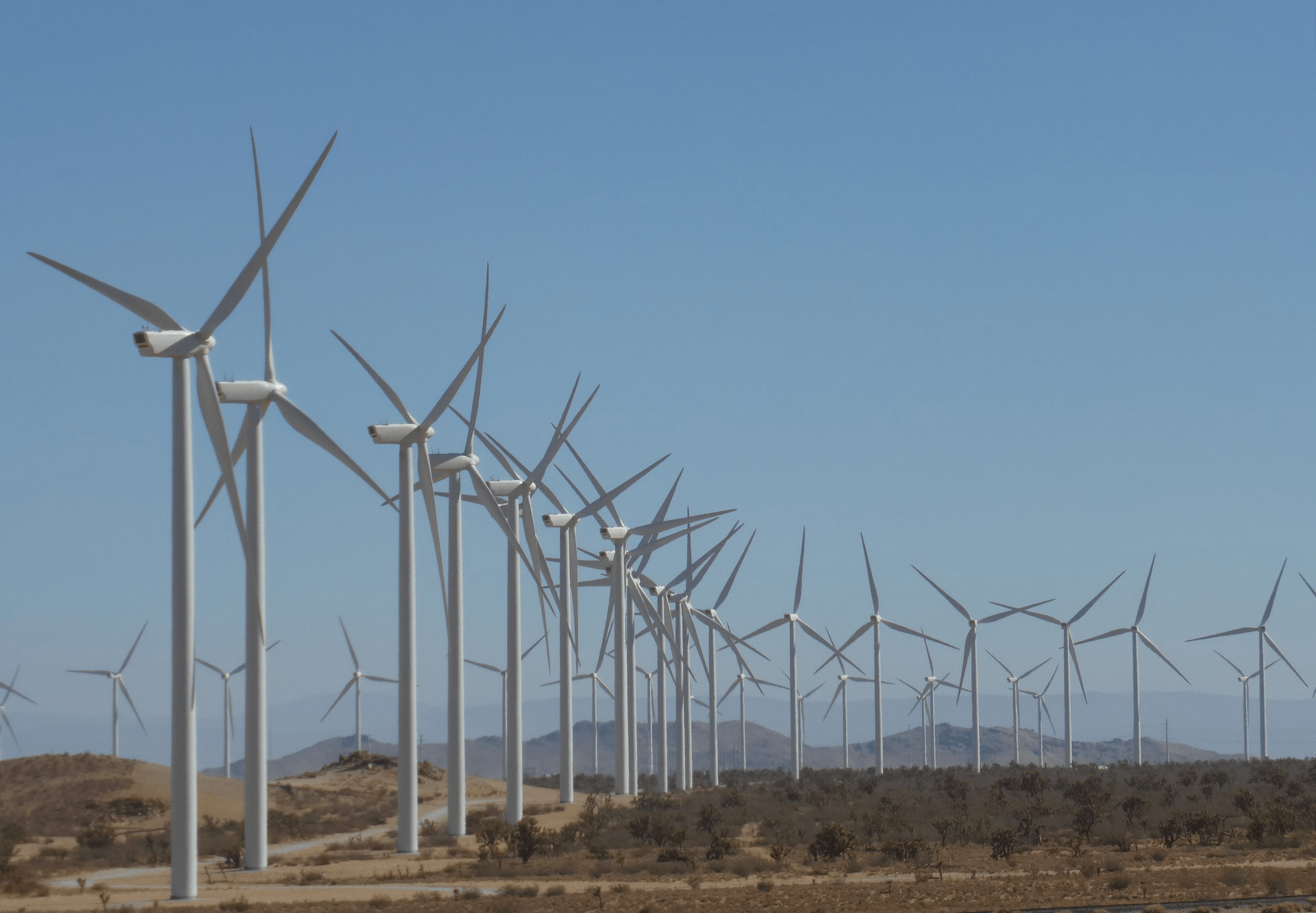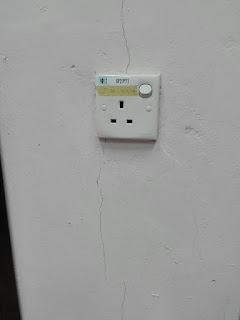INTRODUCTION OF LIGHTING
Lighting controls have traditionally been used to create moods. Today, they are also used as part of a high quality energy efficient lighting system that integrates daylight and electric light sources to provide a comfortable and visually interesting environment for the occupants of a space.
Lighting, at its simplest, consumes energy when electrical current is allowed to pass through restrictive elements of a light fixture. Electrical current passes through an engaged switch, controlled either manually by a physical light switch or electronic remote sensor or automatically via sensor within the space or timer. Lighting designers are concerned with achieving proper lighting levels within the space. The minimum amount of light striking a task surface, or illuminate, is normally designed around Illuminating Engineering Society (IES) requirements, which take into account the types of activities done within the space.

LIGHT RESOURCE
Light is an electromagnetic radiation. A particular frequency of this radiation ( around 390-700 nm) is visible to the human eye. Everything that we see around us is because of light. Light is a form of energy and like all energies, it is produced from a source. In physics, these are called Light sources.
TYPES OF LIGHT SOURCES
There are countless sources of light but they can all be categorized under either of the two following categories-
- Natural sources
- Artificial sources
1. Natural light sources
The universe is filled with objects that emit light. Some of the light from these sources reach the earth. The following things in nature have the ability to emit light:
- The Sun is the major source of light for the earth. The sun is a massive ball of fire, at the centre of which nuclear fusion produces massive energy. This energy comes out as heat and light. The light from the sun is one of the major factors behind the sustainability of life on earth.
- Every other star produces light too, but only a small or no amount of it reaches the earth because of the huge distance.
- The moon provides light as well but it cannot produce light on its own. The light that we get from the moon is the light reflected by it from the sun.
- Some living organisms have the ability to produce light too. It is called bioluminescence. It is the effect of certain chemical reactions within the organism. Fireflies, jellyfish, glow worm, certain deep sea plants and microorganisms can be cited as examples.
- Certain other natural phenomena such as lightning and volcanic eruptions also emit light.
- Natural light controlled by the following factors like number of window, window treatment and placement of rooms
2.
Artificial Light Sources
Apart from the natural sources, light can be produced artificially too. The different light sources produced artificially can be put under three broad categories-
a) Incandescent Sources
• When certain objects are heated to a high temperature,they begin to emit light. Both infrared and visible light is produced in the process.
• Thomas Alva Edison invented the first electric light bulbs in 1879AD.
• Contains nitrogen or argon gas
• Tungsten filament with lead wires – burns when electricity is passed
• Advantage is light quality and colour are very consistent.
• Disadvantage is requires lot of energy and faster degradation of filament leading to shorter lifespan.
• Example- Candle, incandescent lamp.
b) Fluorescent light
• Contains argon/krpton as gas vapour with phosper coating on the walls of glass tube.
• Electricity released through a mercury vapour in a tube
• Advantage is low production cost and long life of tubes.
• Disadvantage is poorly designed ballasts can create fires when they overheat
• Example- Fluorescent tube light
c) Gas Discharge Sources:
• Passing electricity through certain gases at a very low pressure can produce light too.
• Provide high luminous efficacy combined with long life, resulting in the most economical light source available.
• Example – Neon lamp, Sodium lamp.
For the case building B11 in Utm, there are using two type of light resource which are natural and artificial. Learning spaces like classroom and studios use types Fluorescent lamps rather than incandescent bulbs. In this case building, fluorescent tube light is using in classroom, toilet, hallway and etc.
Fluorescent tube light in classroom
Fluorescent tube light at hallway
Fluorescent tube light in toilet
Types of bulb
1. 1. Incandescent
bulb
-most common light used in homes
-most commonly used light bulb and
usually the least expensive.
-light has warm,inviting quality and
very complimentary.
In our case building B11, this bulb
is not use now.
2.
Halogen bulb
-variation of incandescent
-a little more energy efficient
but are more expensive and burn higher temperature.
-used at cabinet lighting, pendant
lights and recessed cans.
In our case building this bulb
cannot be used.
3.
Fluorescent bulb
-gives a
flat, cold light, often bluish and harsh.
-produce
more light and last longer than incandescent.
In our case
building this bulb is most used in every places in building.
4. LED lamp light
-more energy-efficient than CFL
bulbs.
-CFLs will have more trouble
qualifying for the Energy Star rating.
-The cost has been decreasing in recent
years.
In building B11 this bulb cannot be
used because of many reasons.
5. Compact fluorescent lamp
-designed to replace an incandescent light bulb.
In building B11, this bulb usually used for certain room lecturer.
In building B11, this bulb usually used for certain room lecturer.
6. Arc lamp
- produce light by an arc
between metal electrodes through an inert gas in a glass bulb.
In our
case study, bulb type this cannot be used.
7. Metal-halide lamp
- electrical lamp that produces light.
- most common metal halide compound used is sodium iodide. In our case study, bulb type this are not used.
ABOUT LED LAMP OR BULB
A LED lamp or LED light bulb is an electric light for use in light fixture that produces light using Light- Emmiting Diode(LED). LED lamps have a lifespan and electrical efficiency which are several times greater than incandescent lamps, and are significantly more efficient than most fluorescent lamps,with some chips able to emit more than 300 lumens per watt.
1. Life time of LED Lighting Products
- The useful life of LED lighting products is defined differently than that of other light sources, such as incandescent or compact fluorescent lighting (CFL). LEDs typically do not “burn out” or fail.
- Instead, they experience ‘lumen depreciation’, wherein the brightness of the LED dims slowly over time.
- Unlike incandescent bulbs, LED “lifetime” is established on a prediction of when the light output decreases by 30 percent.
2. LEDs and Heat
- LEDs use heat sinks to absorb the heat produced by the LED and dissipate it into the surrounding environment. This keeps LEDs from overheating and burning out.
- Thermal management is generally the single most important factor in the successful performance of an LED over its lifetime. The higher the temperature at which the LEDs are operated, the more quickly the light will degrade, and the shorter the useful life will be.
- LED products use a variety of unique heat sink designs and configurations to manage heat.
- Today, advancements in materials have allowed manufacturers to design LED bulbs that match the shapes and sizes of traditional incandescent bulbs.
- Regardless of the heat sink design, all LED products that have earned the ENERGY STAR have been tested to ensure that they properly manage the heat so that the light output is properly maintained through the end of its rated life.
ENERGY STAR means high quality and performance, particularly in the following areas:
• Color Quality
o 5 different requirements for color to ensure quality up front and over time.
• Light Output
o Light output minimums to ensure you get enough light.
o Light distribution requirements to ensure the light goes where you need it.
o Guidelines for equivalency claims to take the guess-work out of replacement.
• Peace of mind
o Verified compliance with more than 20 requirements to address performance and labeling.
o Long-term testing to back up lifetime claims.
o 3-year minimum warranty requirement.













































